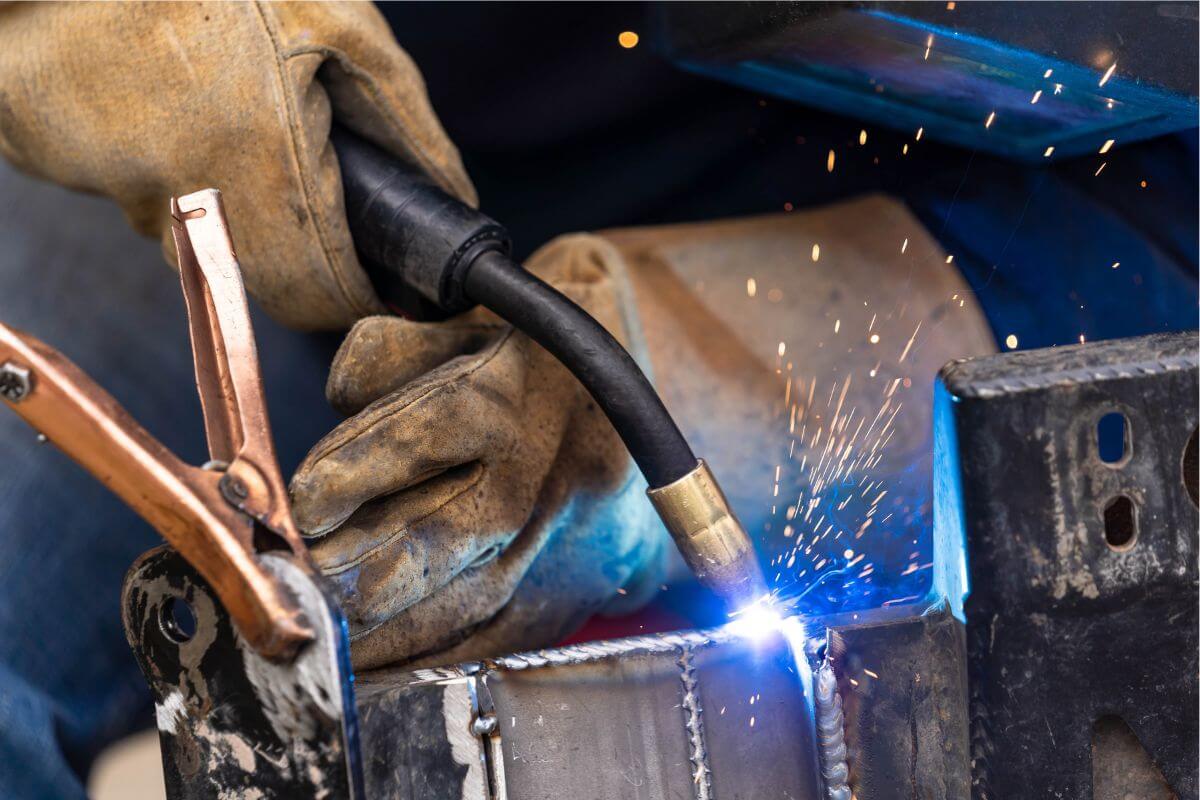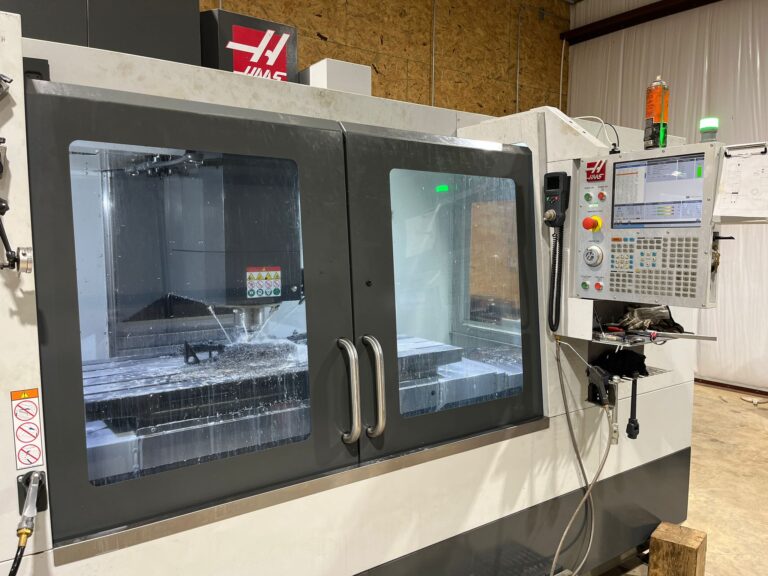Welding plays a crucial role in construction, manufacturing, and repair work. A clean, strong weld ensures durability, while a messy one can weaken structures and cause safety issues. Poor welding techniques can lead to defects that compromise the final product. Understanding the signs of messy welds and how to prevent them is essential for achieving high-quality results.
Common Signs of Messy Welds
-
Porosity in the Weld
Porosity appears as small holes or cavities on the weld bead. It weakens the joint by trapping gas pockets inside the metal. This defect occurs due to contamination, improper shielding gas, or moisture in the materials.
-
Undercutting on the Edges
Undercutting forms a groove along the weld’s edges, making the joint weaker. It happens when too much heat is applied or the welding speed is too fast. Proper electrode positioning and controlled heat settings help prevent this issue.
-
Incomplete Fusion
When the weld metal fails to bond with the base metal, it results in incomplete fusion. This problem weakens the structure and increases the risk of failure. Insufficient heat or improper welding angle often causes this issue.
-
Excessive Spatter
Spatter consists of small metal droplets that scatter during welding. While some spatter is normal, excessive amounts indicate incorrect settings or poor technique. Adjusting voltage, amperage, and using anti-spatter sprays can minimize this problem.
-
Cracks in the Weld
Cracks can appear immediately or develop over time. They occur due to rapid cooling, excessive stress, or poor material selection. Welds with cracks are more likely to fail under pressure, making them highly unsafe.
-
Burn-Through
Burn-through happens when the heat melts through the base metal, leaving a hole. It usually occurs when welding thin materials with excessive heat. Reducing the heat input and adjusting travel speed can help prevent burn-through.
-
Irregular Bead Shape
A properly welded joint has a uniform, even bead. If the bead is too wide, too narrow, or uneven, it indicates inconsistent heat or improper movement. Controlling the welding motion and maintaining a steady hand can improve bead appearance.
How to Avoid Messy Welds
-
Use Clean Materials
Contaminants like rust, oil, and dirt affect weld quality. Before starting, clean the metal surface thoroughly using a wire brush or grinding tool. This helps prevent porosity and weak bonds.
-
Choose the Right Welding Technique
Different materials and thicknesses require specific welding methods. Understanding the best technique for the job ensures strong and clean welds. Stick welding, TIG, and MIG welding each have unique applications.
-
Adjust Heat and Speed Properly
Too much heat can cause warping and burn-through, while too little results in weak joints. Finding the right balance between voltage, amperage, and travel speed is essential for strong welds.
-
Maintain Proper Electrode Angle
Holding the electrode at the right angle helps achieve smooth and even welds. For flat welding, a slight tilt forward improves penetration. In vertical welding, a steady angle prevents excess spatter.
-
Use the Right Shielding Gas
Shielding gas protects the weld pool from contaminants. Using the correct gas type and flow rate minimizes oxidation and porosity. Common gases include argon, carbon dioxide, and helium, depending on the material.
-
Prevent Overheating
Excessive heat distorts metal and weakens the weld. Using intermittent welding and allowing cooling time between passes reduces the risk of warping. Heat management is especially important for thin materials.
-
Check and Maintain Equipment
Faulty equipment leads to inconsistent welds. Regularly inspecting welding machines, cables, and torches ensures smooth operation. Replacing worn-out parts and keeping connections secure improves weld quality.
-
Practice Proper Motion Control
A steady hand and consistent movement are key to a clean weld. Avoid rushing the process or making abrupt movements. Practicing different welding positions helps improve control and bead formation.
-
Use High-Quality Welding Rods and Wire
Low-quality consumables produce weak and inconsistent welds. Using high-grade welding rods and wire enhances durability and reduces defects. Proper storage prevents moisture absorption, which can cause porosity.
-
Inspect Welds Regularly
Checking each weld for defects helps catch issues early. Visual inspection, along with non-destructive testing methods, ensures the welds meet required standards. Addressing minor flaws before finishing the job prevents costly repairs later.
Importance of Safety in Welding
Ensuring safety during welding is just as important as achieving clean welds. Exposure to heat, sparks, and fumes can lead to serious injuries if proper precautions aren’t taken. Wearing protective gear like gloves, helmets, and fire-resistant clothing reduces risks. Adequate ventilation prevents harmful fumes from accumulating, keeping the workspace safe. Following correct procedures and maintaining equipment also minimizes hazards.
Final Thoughts
Achieving strong and precise welds requires attention to detail and proper technique. By recognizing the signs of messy welds and applying the right methods, high-quality results become easier to achieve.
For those in need of welding and repair services, choosing skilled professionals guarantees safe and efficient work. Whether tackling structural welding or precision repairs, expert craftsmanship makes all the difference. Get in touch today to ensure strong and lasting welds for any project.





